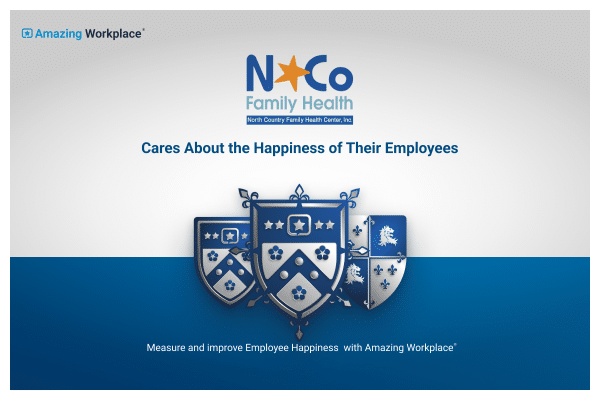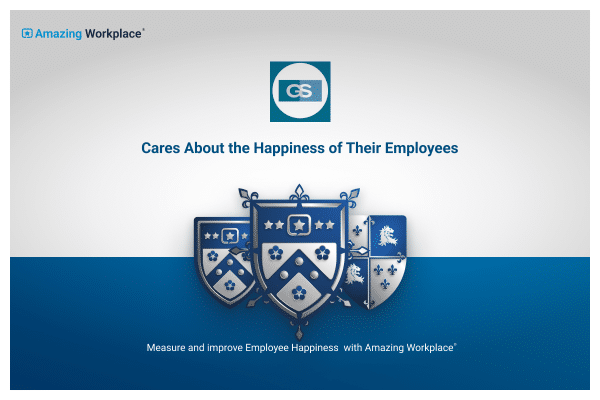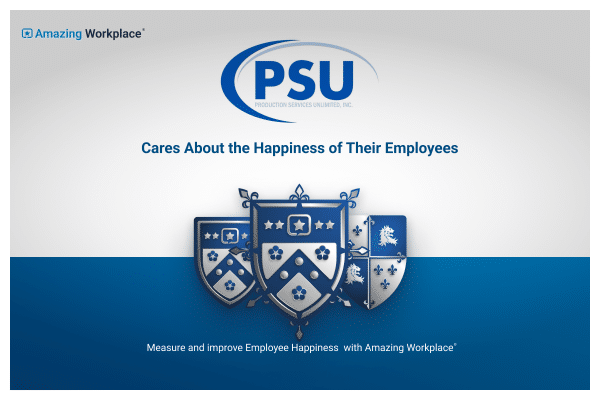How to Establish a Culture of Employee Engagement
A great place to work means your employees are engaged in the work you are doing and emotionally invested in the outcomes of the organization.

Employee engagement is one of the core factors in being regarded as a great place to work.
When the employees in your care are engaged in the work you’re doing and emotionally invested in the outcomes of the organization it makes a huge difference to the perception of the company by both employees and the public. Unfortunately, more than two-thirds of employees in America are not engaged with their work, according to a Gallup poll.
How does your company fare? To measure employee engagement its necessary to understand what it is and what it has to do with your success.
What is employee engagement?
How much an employee is committed to your company and your team translates directly to how engaged they are. People who are engaged in the enterprise show positive behavior traits that are key to your overall success. Engaged team members work harder and smarter. They are enthused by coming to work and they enjoy it.
Here are some diverse definitions of employee engagement:
Willis Towers Watson – They take a simple approach to employee engagement. It’s measured by the willingness and ability to contribute to company success. In effect, they say that putting the organization before yourself will show engagement by your team members.
Quantum Workplace – The strength of the emotional connection employees feel toward their places of work dictates how Quantum measures how engaged employees are. Emotional as well as mental connections are looked at to form an opinion on how they feel about the company.
Gallup – The Gallup definition looks at which employees are enthusiastic about and committed to their work and workplace. Engaged employees are involved in the work they do and form strong bonds with the company and those around them.
Aon – Employee engagement is defined as “the level of an employee’s psychological investment in their organization.”
Whichever definition you apply to engagement, it is obvious that if your employees don’t care about what they are doing, or who they are working with, they are not engaged. Having employees engaged in the work they are doing results in a more positive culture overall. A positive culture in the workplace creates a better working environment and that affects production and revenue. Profits go up and people feel better because morale goes up.
Here are five ways to establish a culture of engaged employees.
Onboarding
Onboarding your new employees is an opportunity start the process of engagement. Learning about the company, its mission and goals, and meeting the folks that make up the organization is a part of the onboarding process. The new employee forms an opinion about the company and the people who work there. They see where people work together and how they communicate with each other. First impressions last.
Training
Training provides an opportunity for employees to bond with their co-workers. Building trust through mutual experience and communication results in making friends at work. Studies have shown that the more people employees regard as friends at work, the more engaged they are.
Employee Development
Many workers aren’t just looking for a job with a paycheck. They want a work-life balance and an opportunity to grow. Their career isn’t the job they are currently in, it is their long-term goals that are important here. Gallup found that 87 percent of millennials view development as important in their jobs. 69 percent of non-millennials also believe that career growth is part and parcel of taking a job at an organization or company. Focus on developing your employees’ skills and assist them in growing their careers and you will find them far more engaged.
Set Company Goals
To engage with your employees on a level that resonates you need to be able to agree on goals. In a great place to work employees are involved in reaching the business goals. Setting annual goals is one thing, but you must keep setting targets to hit.
This gives you all an overview of your achievements and, when you are on target, it builds morale. Publishing and discussing annual as well as quarterly and monthly goals, gives your employees something to work toward. When you reach your goals, you get more engaged. Make them feel like part of the team.
Acknowledging Employees
Make everyone feel valuable. If your team members are not acknowledged they feel like they don’t matter. Being invisible or feeling replaceable makes the job feel thankless and that leads to seeing it has just something that must get done. It’s not something to be passionate about – it becomes just a chore. Acknowledge your team and watch how that one small action causes them to become engaged.
Do these five things and you should be on your way to creating a workplace that prides itself on engaged employees. Make the effort to engage with your team members. It will make a difference to how you as a leader feel about the team and the workplace in general. This will in turn create an environment that engages with their employees more and employees who are more engaged in the process of reaching your communal goals.
A great place to work is more than just a campus with a nice cafeteria. It is about who you work with and how you work that makes the difference between engaged employees and those who are just turning up. You have people who care about what they do and whether you all succeed or fail. They are emotionally engaged with the success of the group and that makes all the difference.


